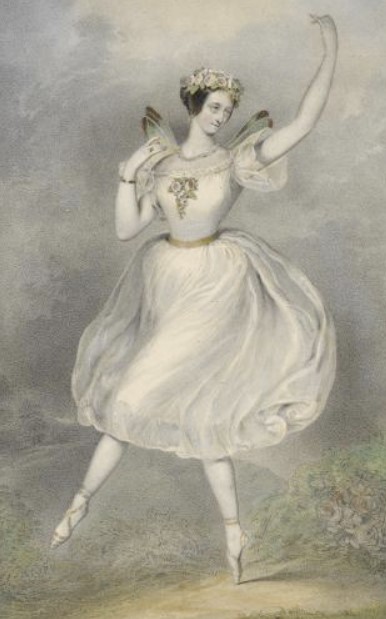What Is A Tutu Dress? Different Types Of Tutu Dress in Ballet
From classical to neoclassical, tutu has been attached to the image of ballet.
But what is a tutu? Types of tutu available? Why do we call it a tutu rather than some kind of dress? Are they truly as magical as what we see on stage?

You are about to have the secret unveiled!
What Is A Tutu?
Along with pointe shoes, a tutu is a signature piece of clothing that makes a ballet dancer stand out. You will find the similarity between a tutu and a dress because of the bodice attached to it.
When wearing a tutu, the dancer has their legs on display, hence the audience can see the movements very clearly. Nonetheless, the first tutu looked so much different from what we are seeing today.

Why It Is Called “Tutu”?
Truthfully, the origin of the word remains a mystery.
Before 1881, this word never existed in any record. However, ballet enthusiasts have come up with several theories.
The simplest theory is based on one of the most common materials used for making tutus: tulle. Arguably, tulle and tutu don’t seem close enough to be a derivation of one another.
Another theory comes from cul, a French slang referring to the area of the genital or bottom.
Back in those days, ballerinas used a type of undergarments with an open crotch. Abonnés – male subscribers of the Paris Opera Ballet – would love to have the front rows in hopes of a wanton view.
Therefore, the skirt had to be modified and improved.
Also related to the word cul, the third theory says it has something to do with a French phrase, pan-pan cucul means I will smack your buttocks. Because in that era, the abonnés loved to visit the foyer and have some assignations with the dancers.
Each theory has its pros and cons. But the fact is tutu has become a popular term itself nowadays. People accepted it as a standalone word for ballet costumes.
What Is The Purpose Of A Tutu?
Although some might speculate that tutus help the dancer maintain their balance, fly high in the air, or simply keep warmth, the costume doesn’t contribute to any of these purposes.
The only real advantage of tutus is the enhancement of appearance.
At first, ballet dresses were long enough to cover the dancer’s legs and make them feel safe. With changes in society, the tutus become shorter and allow the ballerinas to have more freedom in their movements.
In another way, it can lift the dancer’s spirit as well.
The glamorous and elegant design will boost their confidence before a performance. Meanwhile, the length of the dress lets them show off their leg and footwork much better than before.

Check more: How Much Do Ballerinas Make A Year?
What Is A Tutu Made Out Of?
The most used material for tutus today is diamond nettings, yet tarlatan was the first material associated with tutus. It is made of cotton and a stiffened weave.
With different kinds of tutus being invented, the designer can change the fabrics for their desired result. We have tulle, gauze, or silk, which look so ethereal and delicate when put in various layers.
Synthesized materials are getting more attention these days, as they are durable and easy to stretch over a metallic frame.
Different Types Of Tutu
Romantic Tutus
Romantic tutus are the original design of tutus. And the shape will remind you of a bell.
It first appeared in 1832 and turned into an icon by Taglioni and her work La Sylphide. Many people know of her for the debut of pointe shoes, but would they see the shoes without the beautiful cut of the Romantic tutu?

Made of 3 – 5 tulle layers falling to the middle of the calves and even reaching the ankles at times. It can start from the waist or the hips as well, depending on the designer.
The way the hem spreads widely makes the dancer seem weightless, as though they are floating.
Read more: https://citydance.org/what-is-a-tutu-different-types-of-tutu-dress/
Social:
Nhận xét
Đăng nhận xét